Everything You Need to Know About Seafood Thawing Machines
Introduction to Seafood Thawing Machines
Seafood Thawing Machines are sophisticated devices that play a crucial role in the seafood processing industry. In 2024, these machines stand as symbols of technological advancement and innovation, reshaping how seafood is thawed and prepared for consumption. Designed to thaw various types of seafood quickly and efficiently, Seafood Thawing Machines have become indispensable tools in seafood processing facilities worldwide.
Understanding of Seafood Thawing Machine
Seafood Thawing Machines are advanced appliances specifically engineered to defrost frozen seafood efficiently and safely. Utilizing a combination of controlled temperature and airflow, these machines ensure rapid thawing while maintaining the quality and integrity of the seafood. With the growing demand for fresh-tasting seafood products, these machines have become indispensable for seafood processors and distributors worldwide.
One of the key features of Seafood Thawing Machines is their versatility. Whether it's shrimp, fish fillets, or lobster tails, these machines can accommodate various types of seafood with precision. By offering customizable thawing settings, seafood businesses can cater to different product requirements, ensuring optimal results every time. This flexibility not only saves time but also minimizes wastage, making it a cost-effective solution for businesses of all sizes.
In today's fast-paced seafood industry, efficiency is paramount, and Seafood Thawing Machines deliver on that front. By significantly reducing thawing times compared to traditional methods, these machines enable seafood businesses to streamline their operations and meet tight deadlines without compromising on quality. This enhanced efficiency translates to higher productivity and ultimately, better profitability for businesses.
Seafood Thawing Machines prioritize food safety, a crucial aspect of seafood processing. By thawing seafood at controlled temperatures, these machines mitigate the risk of bacterial growth and contamination, ensuring that the end product is safe for consumption. This not only enhances consumer confidence but also helps seafood businesses comply with stringent food safety regulations.
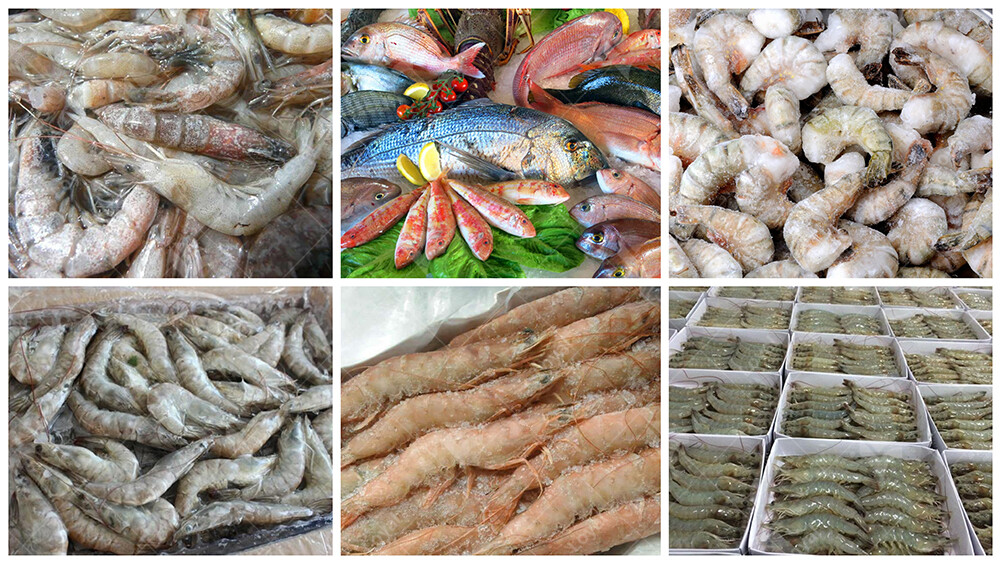
Expertise Of Engineers In Seafood Thaw
The expertise of engineers plays a pivotal role in optimizing the performance and efficiency of Seafood Thawing Machines. These professionals possess specialized knowledge in microwave technology, thermodynamics, and food science, enabling them to design and engineer cutting-edge thawing solutions. Their understanding of the unique properties of different seafood varieties allows for the development of tailored thawing processes that maximize yield and quality while minimizing energy consumption and processing time.
Collaboration between engineers and seafood processing companies is essential for innovation and continuous improvement in Seafood Thaw technology. By leveraging their expertise, engineers can work closely with industry stakeholders to identify challenges, conduct research, and develop innovative solutions. Whether it's optimizing microwave frequencies for specific seafood species or enhancing thawing algorithms for consistent results, engineers play a central role in advancing the capabilities and performance of Seafood Thawing Machines.
The expertise of engineers extends beyond technical proficiency to encompass regulatory compliance and industry best practices. With stringent food safety regulations governing seafood processing, engineers ensure that Seafood Thawing Machines adhere to strict hygiene standards and quality assurance protocols. Through rigorous testing and validation procedures, they validate the efficacy and safety of thawing processes, providing reassurance to consumers and regulatory authorities alike.
Moreover, engineers play a crucial role in addressing sustainability challenges in seafood processing. By optimizing energy efficiency and reducing waste generation, they contribute to the industry's environmental stewardship efforts. From designing energy-efficient thawing systems to implementing recycling programs for packaging materials, engineers drive sustainable practices that minimize the ecological footprint of seafood processing operations.
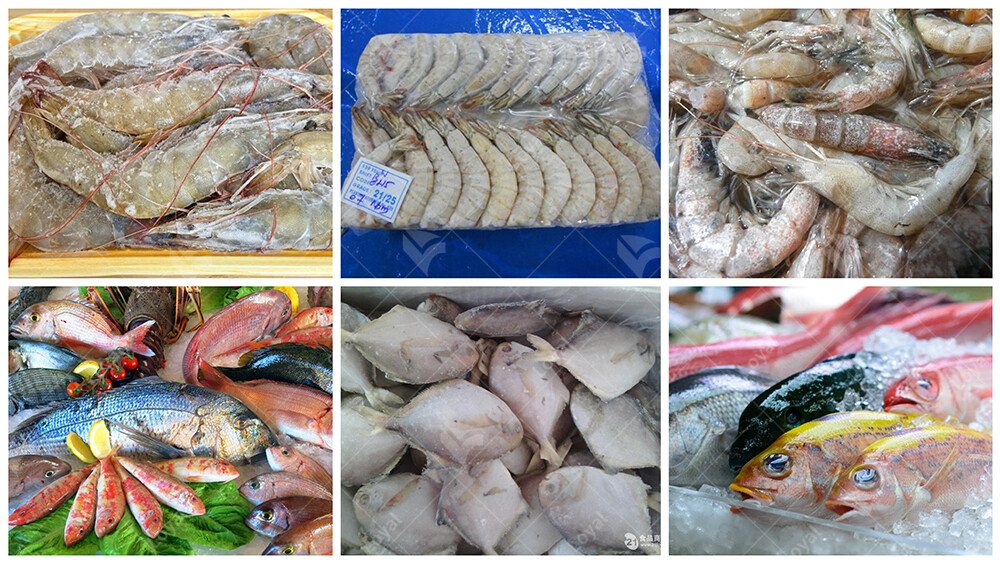
Latest Innovations And Trends in industrial Seafood Thaw
The field of industrial seafood thawing is witnessing a continuous evolution, driven by advancements in technology and changing consumer preferences. As seafood processors strive to meet the growing demand for high-quality thawed seafood products, they are embracing the latest innovations and trends in Seafood Thawing Machines to improve efficiency, quality, and sustainability.
One of the latest trends in industrial seafood thawing is the adoption of intelligent thawing systems that utilize sensors and automation technology to monitor and control the thawing process accurately. These systems enable precise temperature control and ensure uniform thawing, resulting in superior quality seafood products. By leveraging real-time data analytics, manufacturers can optimize the thawing process and minimize energy consumption, contributing to overall cost savings and sustainability.
Another notable innovation in Seafood Thawing Machines is the integration of thawing technologies that utilize alternative energy sources, such as solar or geothermal energy. By harnessing renewable energy sources, seafood processors can reduce their carbon footprint and minimize environmental impact while maintaining optimal thawing conditions. This aligns with the industry's growing focus on sustainability and eco-friendly practices.
In addition to technological innovations, there is a rising trend towards transparency and traceability in the seafood industry, driven by increasing consumer awareness and regulatory requirements. Seafood Thawing Machines equipped with advanced tracking and tracing capabilities enable processors to accurately document the thawing process, including key parameters such as temperature, time, and batch information. This information can be shared with consumers to provide assurance regarding the origin, handling, and quality of the thawed seafood products.
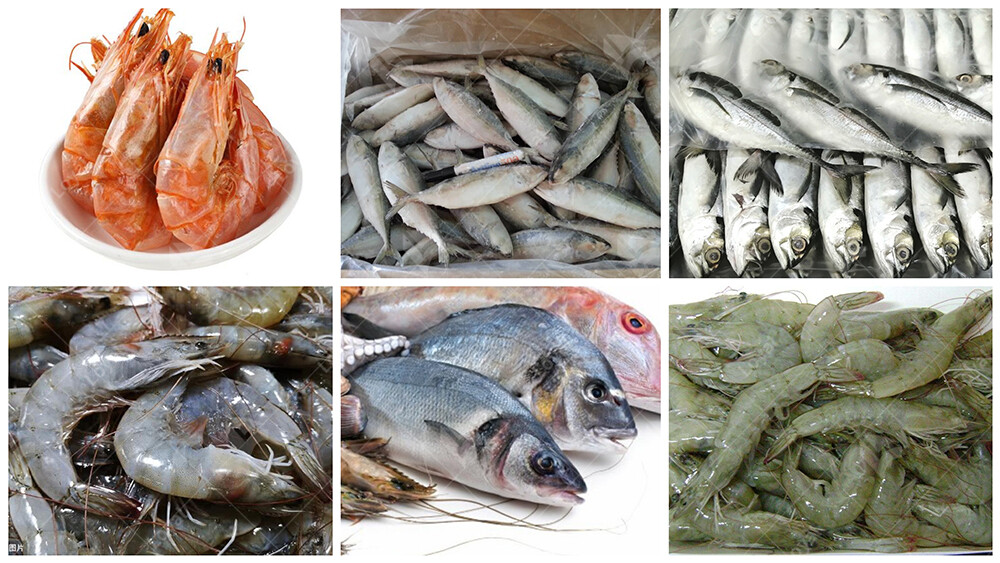
Advantages Of Using A Seafood Thawing Machine
Seafood Thawing Machines ensure consistent thawing, which is crucial for maintaining the quality and taste of seafood products. With precise temperature control, these machines prevent over-thawing or uneven thawing, preserving the natural texture and flavor of the seafood.
The use of Seafood Thawing Machines significantly reduces the time required for thawing compared to traditional methods. This rapid thawing process not only increases efficiency but also minimizes the risk of bacterial growth, ensuring food safety and compliance with industry regulations.
Seafood Thawing Machines offer versatility in thawing various types of seafood, including fish, shrimp, and shellfish, accommodating different sizes and quantities with ease. This flexibility allows seafood processors to meet diverse market demands efficiently.
By automating the thawing process, Seafood Thawing Machines streamline operations and reduce labor costs. With minimal manual intervention required, workers can focus on other essential tasks, enhancing overall productivity and efficiency in seafood processing facilities.
Incorporating Seafood Thawing Machines into seafood processing operations promotes sustainability by minimizing food waste. With precise control over the thawing process, these machines help prevent over-thawing, ensuring that only the necessary amount of seafood is thawed, reducing spoilage and maximizing yield.
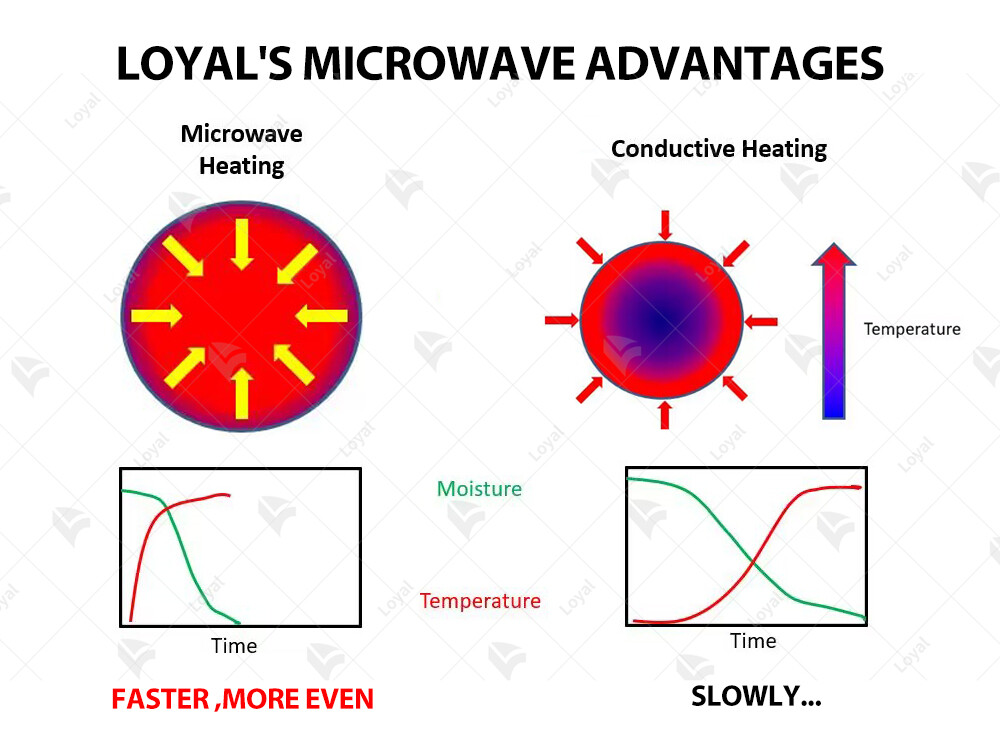
Choosing The Right Machinery Of Seafood Thawing Machine
Selecting the appropriate machinery for seafood thawing is essential for ensuring efficient and high-quality thawing processes in seafood processing facilities.Seafood processors can choose the right machinery of Seafood Thawing Machine that meets their specific thawing requirements, enhances production efficiency, and ensures the quality and safety of their seafood products.
Technical Parameter Of Microwave Thawing Machine | |||||
Model | Power | Output | Specification | Allocation | Control |
LY-25KW-F(S) | 25KW | 300-500KG/H | 9000X1500X2400MM | Water/air cooling | PLC |
LY-50KW-F(S) | 50KW | 600-1000KG/H | 12000X1500X2400MM | Water/air cooling | PLC |
LY-100KW-F(S) | 100KW | 1200-1500KG/H | 18000X1500X2400MM | Water/air cooling | PLC |
Notes: | |||||
1. Power supply: 380V±10% 50Hz±1% ,Three-Phase Five-Wire, (must be equipped with a dedicated ground wire) | |||||
2. Microwave frequency: 915MHz | |||||
3. Input power: 25-125kVA | |||||
4. Microwave output power: 20-100kw (adjustable) | |||||
Using thaw technology to improve Seafood thaw production efficiency
Thawing seafood efficiently is crucial for maintaining quality and meeting market demand. Seafood Thawing Machines utilize advanced technology to achieve rapid and uniform thawing, thereby streamlining production processes. By incorporating these machines into seafood processing facilities, companies can significantly increase throughput and reduce thawing time.
One of the key features of Seafood Thawing Machines is their ability to precisely control the thawing process. By adjusting parameters such as temperature and time, operators can ensure that seafood products are thawed to the desired level without compromising quality. This level of control not only improves efficiency but also minimizes product loss due to over-thawing.
Furthermore, Seafood Thawing Machines are designed with hygiene and food safety in mind. Many models feature stainless steel construction and easy-to-clean surfaces, reducing the risk of contamination. Additionally, some machines incorporate advanced sanitation systems, such as UV-C light or ozone treatment, further enhancing food safety standards.
In terms of energy efficiency, Seafood Thawing Machines are designed to optimize energy usage while maintaining high thawing performance. Advanced insulation materials and energy-saving components help reduce overall power consumption, making these machines environmentally friendly and cost-effective to operate.
Overall, the integration of thaw technology into seafood processing operations has led to significant improvements in production efficiency, product quality, and food safety standards. Seafood Thawing Machines are indispensable tools for companies looking to stay competitive in the dynamic seafood industry.

Advances in Seafood Thawing Machines
Seafood Thawing Machines have undergone significant advancements in their thawing mechanisms. Traditional methods often led to uneven thawing, compromising the quality of seafood. However, modern thawing machines utilize advanced techniques such as precision temperature control and airflow optimization to ensure uniform thawing throughout the seafood batch. This not only enhances the quality of the final product but also reduces processing time, contributing to higher productivity.
Another notable advancement is the integration of smart technology in Seafood Thawing Machines. These machines are equipped with sensors and automated systems that monitor the thawing process in real-time. By constantly adjusting factors such as temperature and humidity, smart thawing machines can adapt to different types of seafood, ensuring optimal thawing conditions for each variety. This level of precision and control minimizes the risk of over-thawing or under-thawing, preserving the texture and flavor of the seafood.
Furthermore, sustainability is a key focus in the latest Seafood Thawing Machines. Manufacturers are increasingly incorporating eco-friendly features such as energy-efficient heating elements and water-saving designs. By reducing energy consumption and minimizing water usage, these machines not only lower operating costs for seafood processors but also contribute to environmental conservation efforts. As sustainability becomes a top priority across industries, the adoption of eco-conscious thawing machines is expected to rise.
In addition to technological advancements, customization options have become prevalent in Seafood Thawing Machines. Manufacturers offer a range of machine sizes and configurations to suit the specific needs of different seafood processing facilities. Whether it's a small-scale operation or a large industrial plant, there are Seafood Thawing Machines available to accommodate varying volumes of seafood and processing requirements. This flexibility allows seafood processors to optimize their operations and maximize efficiency.
Advancements in Seafood Thawing Machines have been driven by ongoing research and development in the field. Collaboration between industry experts, engineers, and scientists has led to continuous innovation in thawing technology. By staying at the forefront of research, manufacturers can address emerging challenges in seafood processing and develop solutions that improve thawing efficiency, quality, and safety. This commitment to innovation ensures that Seafood Thawing Machines will continue to evolve to meet the evolving needs of the seafood industry.
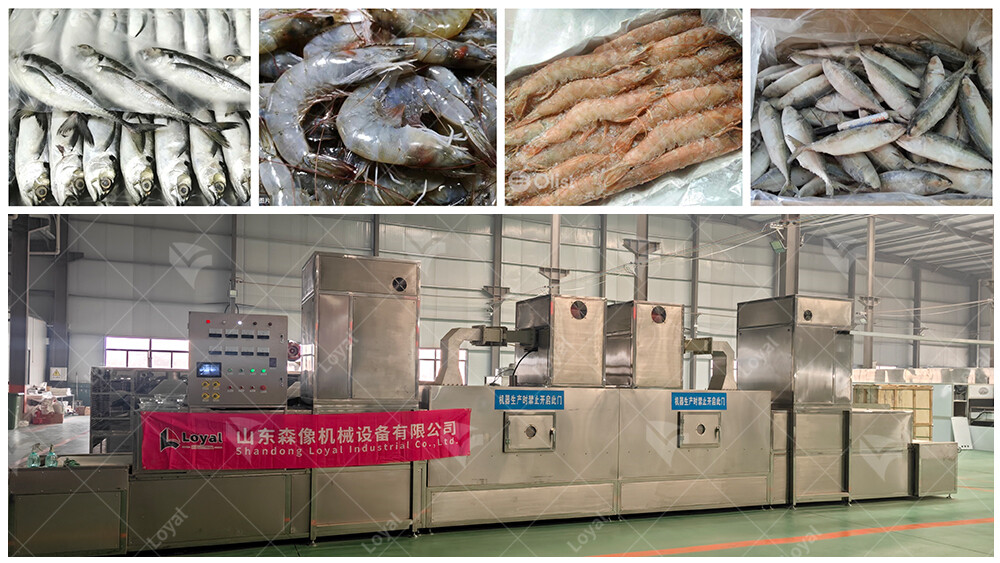
Characteristics of Magnetron In Seafood Thawing Machine
Seafood Thawing Machine is a revolutionary piece of equipment that has transformed the seafood industry with its advanced features. The seafood thawing machine utilizes cutting-edge technology to defrost frozen seafood efficiently, ensuring high-quality results every time.
One of the standout features of the Frozen Fish Defrost Machine is its use of microwave technology. This innovative approach allows for rapid and uniform thawing of seafood, preserving its natural texture and flavor. With the Thawing Machine For Seafood, businesses can significantly reduce thawing times compared to traditional methods, leading to increased productivity and cost savings.
The tuna seafood thawing machine is specifically designed to handle larger seafood products, such as tuna, with ease. Its spacious interior and adjustable settings make it versatile enough to accommodate various types and sizes of seafood, ensuring consistent results across the board.
The tuna seafood thawing machine is specifically designed to handle larger seafood products, such as tuna, with ease. Its spacious interior and adjustable settings make it versatile enough to accommodate various types and sizes of seafood, ensuring consistent results across the board.
Another noteworthy feature of the Microwave Tempering Systems is their energy efficiency. Unlike traditional thawing methods that require large amounts of energy and time, these systems are designed to thaw seafood quickly and efficiently, minimizing energy consumption and reducing operating costs.
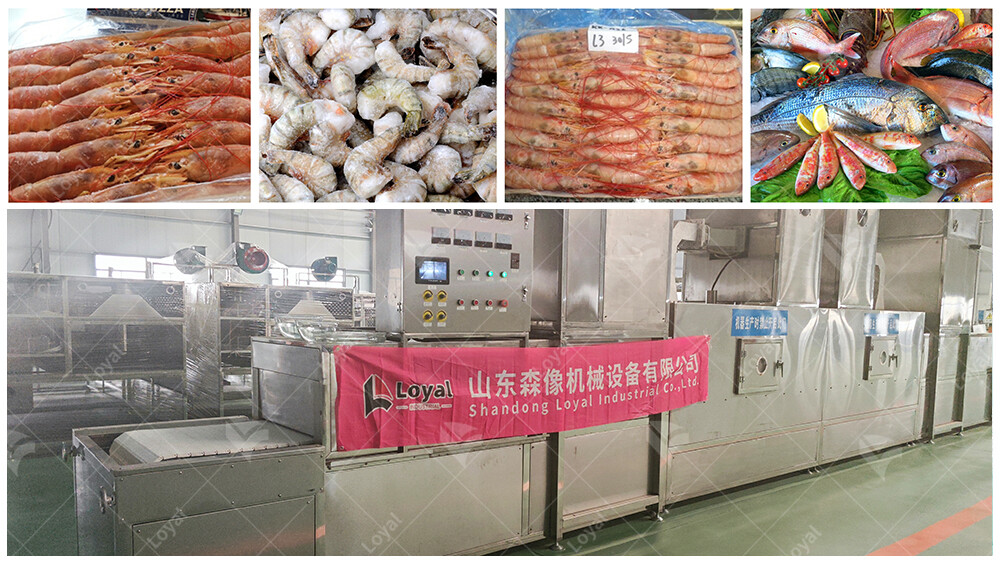
Understanding The Role Of Seafood Thawing Machine in Seafood
Seafood thawing machines play a crucial role in ensuring the quality, safety, and efficiency of seafood processing operations. Understanding their significance is essential for maximizing their benefits in the seafood industry.
Preservation of Quality: Proper thawing is critical to preserving the quality and texture of seafood products. Seafood Thawing Machines utilize controlled thawing processes that prevent excessive moisture loss and maintain the integrity of the seafood's natural flavor and texture.
Safety Assurance: Thawing seafood at the correct temperature and within a controlled environment is essential for food safety. By utilizing precise temperature control and hygienic thawing methods, these machines minimize the risk of bacterial growth and contamination, ensuring that thawed seafood remains safe for consumption.
Efficiency Improvement: Traditional thawing methods such as manual thawing or room temperature thawing are time-consuming and less efficient. Seafood Thawing Machines automate the thawing process, significantly reducing thawing time and labor costs while increasing overall production efficiency.
Versatility and Adaptability: Seafood thawing machines offer versatility and adaptability to accommodate a wide range of seafood products, including fish fillets, shrimp, scallops, and more. With adjustable settings and customizable thawing methods, these machines can effectively thaw various types and sizes of seafood, meeting the diverse needs of seafood processing operations.
Compliance with Regulations: In the seafood industry, strict regulations govern food safety and handling practices. Utilizing Seafood Thawing Machines that comply with industry standards and regulations helps ensure regulatory compliance and adherence to best practices in seafood processing and handling.
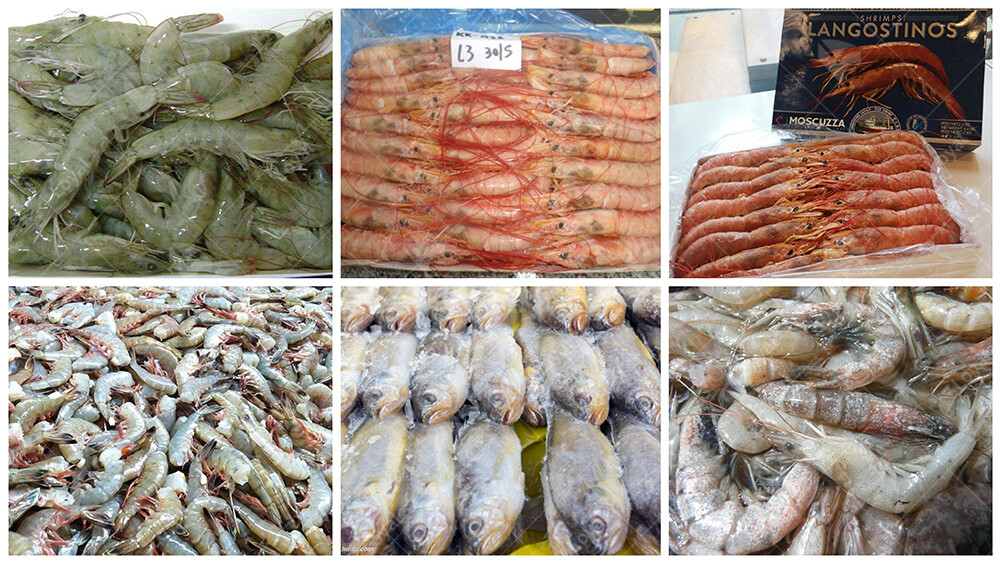
Importance Of Quality Control In Seafood Thawing Machines
In the realm of seafood processing, ensuring the highest standards of quality control is paramount. Seafood Thawing Machines play a pivotal role in this process. These machines are designed to efficiently and safely thaw various types of seafood, ranging from fish fillets to shrimp, ensuring that they maintain their freshness and taste. The importance of quality control in these machines cannot be overstated, as it directly impacts the quality of the final product.
First and foremost, Seafood Thawing Machines must adhere to strict quality control measures to ensure that the seafood is thawed evenly and at the correct temperature. Any deviations in temperature or uneven thawing can compromise the quality of the seafood, leading to potential health hazards for consumers. By implementing rigorous quality control procedures, manufacturers can minimize these risks and uphold the integrity of the seafood products.
Furthermore, quality control in Seafood Thawing Machines helps prevent cross-contamination between different batches of seafood. Contamination can occur if proper sanitation protocols are not followed or if the machine is not cleaned thoroughly between uses. This can result in the transfer of harmful bacteria or pathogens from one batch to another, posing serious health risks to consumers. Implementing stringent quality control measures helps mitigate these risks and ensures the safety of the end product.
Another aspect of quality control in Seafood Thawing Machines is the monitoring of equipment performance and functionality. Regular maintenance checks and calibrations are essential to ensure that the machine is operating optimally and consistently delivering the desired results. Any malfunctions or deviations from standard operating procedures must be addressed promptly to prevent any compromise in the quality of the thawed seafood.
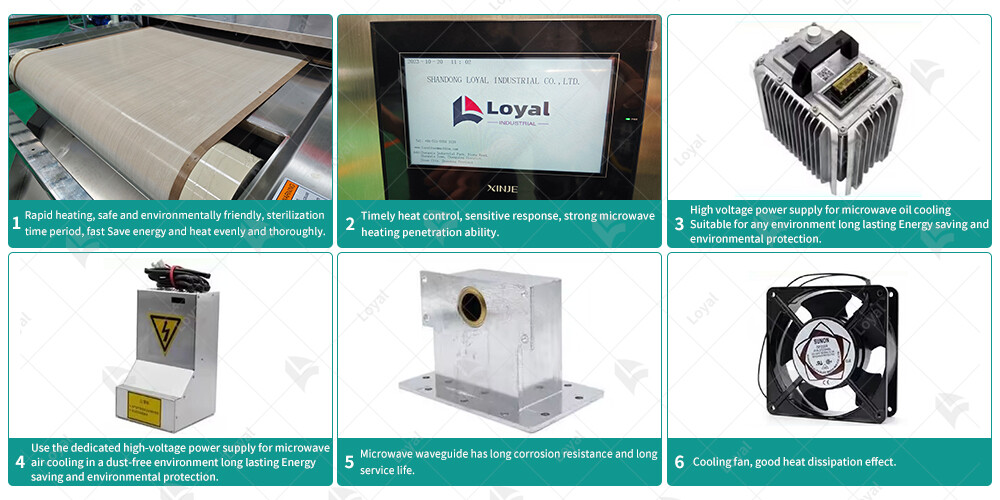
Selecting The Best Microwave Seafood Thaw Equipment
Seafood Thawing Machines revolutionize the thawing process by employing advanced microwave technology. When selecting the best equipment, it's crucial to prioritize efficiency and versatility. Look for machines equipped with adjustable settings to accommodate various seafood types and quantities. Additionally, consider features like automatic sensors for precise thawing and user-friendly interfaces for seamless operation. By investing in a high-quality microwave Seafood Thaw Equipment, businesses can optimize productivity while maintaining product integrity.
The market offers a plethora of Seafood Thawing Machines, each claiming superiority in performance and reliability. To navigate this abundance effectively, businesses must conduct thorough research and assess key factors such as thawing speed, energy efficiency, and maintenance requirements. Collaborating with reputable suppliers renowned for their expertise in seafood processing equipment can provide valuable insights and recommendations. By leveraging industry expertise and technological advancements, businesses can make informed decisions and select the best microwave Seafood Thaw Equipment tailored to their specific needs.
Cost-effectiveness is a critical consideration when investing in Seafood Thawing Machines. While it's tempting to opt for the most affordable option, businesses must evaluate the long-term implications. Cheaper machines may compromise on quality and performance, leading to subpar results and increased operational costs. Conversely, investing in premium Seafood Thaw Equipment may initially incur higher expenses but offers superior durability, efficiency, and overall value. By weighing upfront costs against long-term benefits, businesses can make prudent investments that enhance their competitiveness and profitability in the seafood processing industry.
In addition to technical specifications, businesses must prioritize safety when selecting Seafood Thawing Machines. Microwave technology, while efficient, poses potential hazards if not managed properly. Therefore, it's essential to choose machines equipped with robust safety features such as automatic shut-off mechanisms, overheating protection, and leak detection systems.
Businesses should consider scalability and future growth when investing in Seafood Thawing Machines. As consumer preferences evolve and market demands fluctuate, flexibility becomes a key determinant of success. Opt for machines designed to accommodate increased production volumes and adapt to emerging industry trends.
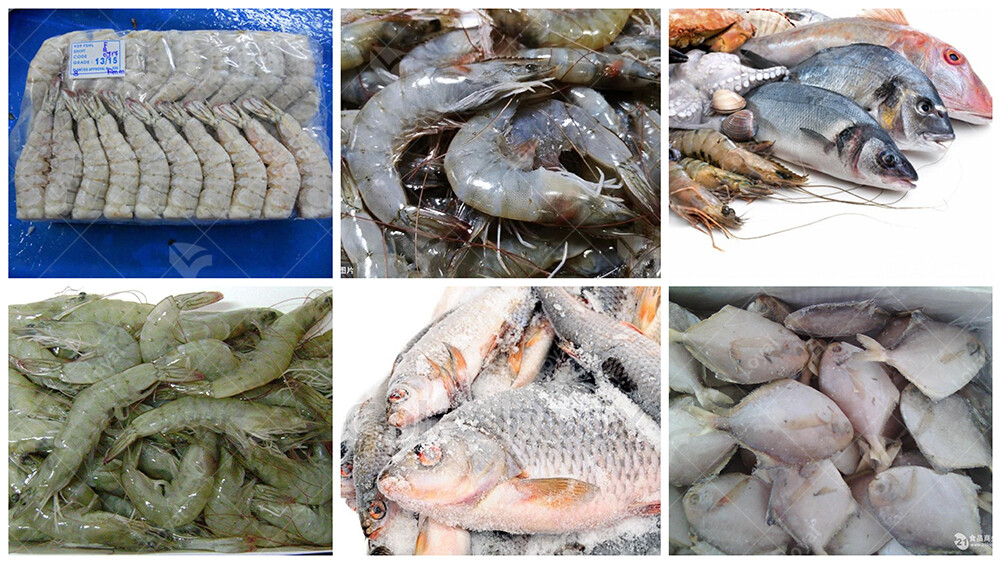
Application of Seafood Thawing Machine
Seafood Thawing Machines find extensive application in seafood processing plants, where they play a critical role in thawing frozen seafood quickly and efficiently to meet production demands. These machines are integral to maintaining a smooth workflow and ensuring timely delivery of high-quality seafood products to the market.
Restaurants and food service establishments also benefit from the use of Seafood Thawing Machines to streamline kitchen operations. By thawing seafood rapidly and uniformly, these machines enable chefs to prepare dishes promptly, meeting customer expectations for freshness and taste.
Seafood retailers utilize Seafood Thawing Machines to thaw frozen seafood products before display, ensuring that they are ready for immediate sale. This not only enhances the visual appeal of the products but also assures customers of their quality and freshness, ultimately driving sales and customer satisfaction.
The seafood export industry relies on Seafood Thawing Machines to comply with international regulations and standards for food safety and quality. These machines facilitate the efficient thawing of seafood products before packaging and shipment, ensuring that they reach consumers in optimal condition.
With the growing popularity of online seafood delivery services, Seafood Thawing Machines play a crucial role in ensuring the timely and safe delivery of frozen seafood products to customers' doorsteps. By thawing seafood quickly and efficiently, these machines uphold the integrity of the products during transit, maintaining customer trust and loyalty.
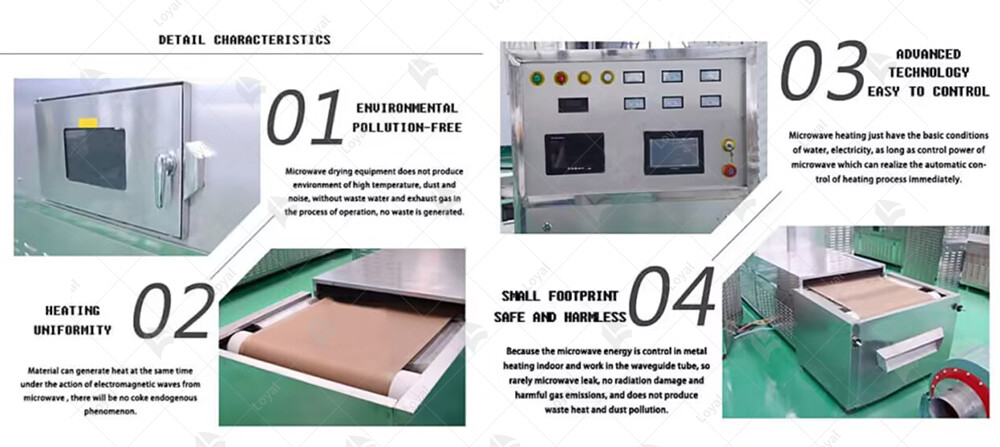
Working principle of Seafood Thawing Machine?
Thawing seafood is a critical step in the seafood processing industry, ensuring that frozen seafood retains its freshness and taste. Seafood Thawing Machines employ innovative techniques to expedite the thawing process while maintaining the quality of the seafood. One of the key working principles of these machines is the utilization of controlled temperature and pressure environments to facilitate rapid yet gentle thawing.
Seafood Thawing Machines incorporate advanced sensors and monitoring systems to precisely regulate the temperature and pressure throughout the thawing process. This precision ensures that the seafood is thawed evenly without compromising its texture or flavor. Additionally, these machines are designed to handle various types of seafood, including fish, shrimp, and shellfish, with optimal efficiency.
The versatility of Seafood Thawing Machines allows seafood processors to thaw large quantities of seafood in a short amount of time, thereby streamlining the production process and meeting market demands effectively. By reducing thawing times and minimizing product loss, these machines contribute to increased productivity and cost-efficiency for seafood processing facilities.
Incorporating Seafood Thawing Machines into seafood processing operations not only enhances efficiency but also improves product quality and safety. By ensuring uniform thawing and minimizing the risk of bacterial growth, these machines help maintain the integrity of the seafood throughout the processing chain. As a result, consumers can enjoy seafood products that are not only delicious but also meet stringent quality standards.
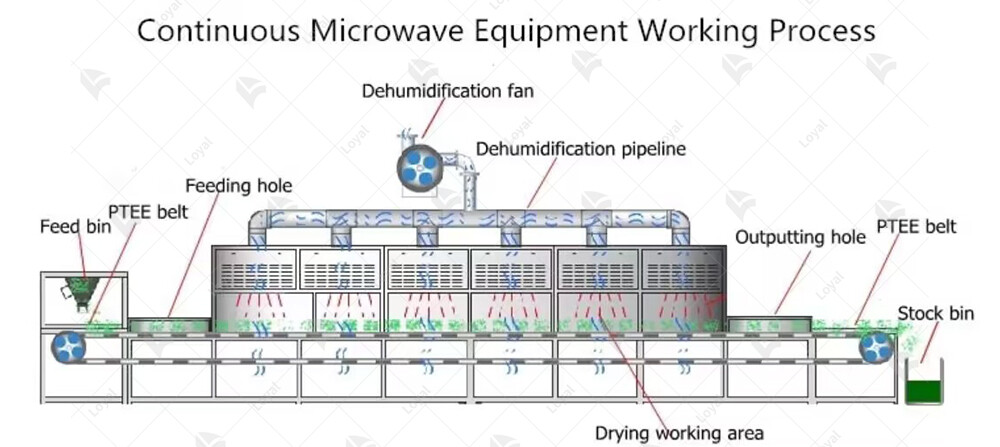
Utilizing YouTube As A Knowledge Source For Industrial Seafood Thaw
YouTube has emerged as a valuable knowledge source for industrial seafood thawing processes. Seafood processors and professionals can access a wealth of informative videos that demonstrate various thawing techniques, machine operation, and best practices. By watching tutorials and instructional videos on YouTube, individuals can enhance their understanding of seafood thawing principles and learn how to effectively utilize Seafood Thawing Machines in their operations.
One of the advantages of utilizing YouTube for industrial seafood thawing knowledge is the accessibility of content. With a simple search, users can find a diverse range of videos covering different aspects of seafood thawing, catering to both beginners and experienced professionals. Whether it's learning about the latest thawing technologies or troubleshooting common issues, YouTube offers a convenient platform for continuous learning and skill development in seafood processing.
YouTube provides a visual learning experience that complements traditional written resources. Many people find it easier to grasp concepts and techniques through video demonstrations rather than textual descriptions alone. By watching experts demonstrate seafood thawing processes step-by-step, viewers can gain practical insights and visual cues that enhance their comprehension and retention of information.
YouTube fosters a sense of community among seafood processing professionals. Users can engage with content creators, ask questions, and share their own experiences and insights in the comments section of videos. This exchange of knowledge and expertise creates a collaborative learning environment where individuals can benefit from the collective wisdom of the community.
As YouTube continues to evolve, so too does its potential as a knowledge source for industrial seafood thawing. Content creators are exploring innovative formats such as virtual reality (VR) and augmented reality (AR) tutorials, providing immersive learning experiences for viewers. Additionally, live streaming capabilities enable real-time demonstrations and Q&A sessions, further enhancing the interactive nature of learning on YouTube. By harnessing these advanced features, seafood processors can stay abreast of the latest developments in thawing technology and techniques, driving continuous improvement in their operations.
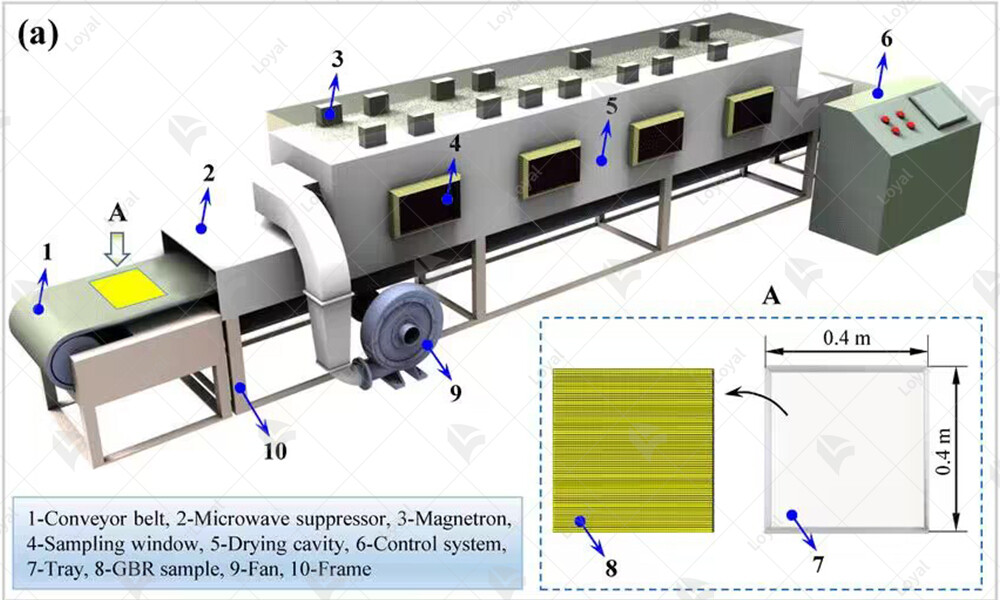
References
1. IEEE Xplore (https://ieeexplore.ieee.org/): IEEE Xplore offers academic journals, conference papers, and standards in the fields of electrical engineering, computer science, and electronics. It stands as a authoritative academic resource.
2. ScienceDirect (https://www.sciencedirect.com/): Published by Elsevier, ScienceDirect is a comprehensive full-text database spanning multiple disciplines, including physical sciences and engineering.
3. SpringerLink (https://link.springer.com/): SpringerLink is an online platform for academic journals, books, and conference papers published by Springer. It covers a wide range of disciplinary areas.
4. Wiley Online Library (https://onlinelibrary.wiley.com/): Wiley Online Library provides academic journals, books, and online reference resources from Wiley Publishers, encompassing physical sciences and engineering.
5.Taylor & Francis Online (https://www.taylorandfrancis.com/): Taylor & Francis Online offers academic journals and books from Taylor & Francis Publishers, spanning various disciplines, including engineering technology and physical sciences.
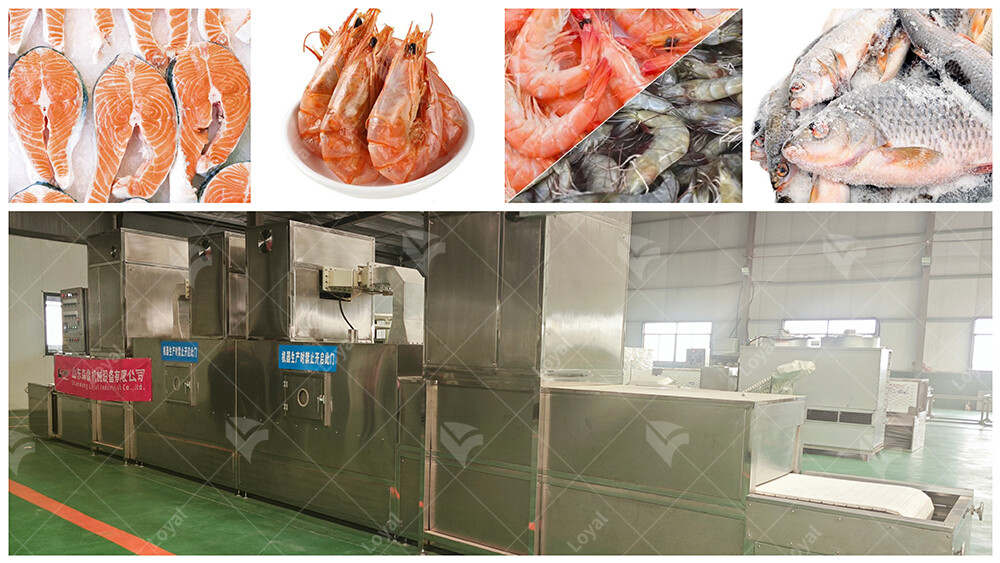
Seafood Thawing Machine Frequently Asked Questions (FAQs)
1. What is a Seafood Thawing Machine?
A Seafood Thawing Machine is a specialized equipment designed to thaw frozen seafood rapidly and efficiently. It utilizes various thawing methods such as air circulation, water immersion, or a combination of both to quickly and evenly thaw seafood while maintaining its quality.
2. How does a Seafood Thawing Machine work?
The working principle of a Seafood Thawing Machine depends on the specific design and technology used. However, most machines rely on controlled temperature and airflow to gradually thaw frozen seafood. Some machines may also incorporate features like agitation or vibration to further accelerate the thawing process.
3. What types of seafood can be thawed using a Seafood Thawing Machine?
Seafood Thawing Machines are versatile and can thaw a wide range of seafood products, including fish fillets, shrimp, scallops, crab legs, and more. Whether it's delicate fish fillets or shellfish, these machines are designed to handle various types of seafood with precision and care.
4. How long does it take to thaw seafood using a Seafood Thawing Machine?
The thawing time can vary depending on factors such as the type and thickness of the seafood, as well as the settings of the thawing machine. In general, Seafood Thawing Machines can thaw seafood much faster than traditional methods, with some machines capable of thawing large batches in a matter of minutes or hours.
5. Are Seafood Thawing Machines safe to use?
Yes, Seafood Thawing Machines are engineered with safety features to ensure the proper thawing of seafood without compromising food safety. These machines adhere to strict hygiene standards and may include features such as temperature monitoring, automatic shut-off mechanisms, and sanitary materials to prevent cross-contamination.
6. What are the benefits of using a Seafood Thawing Machine?
Using a Seafood Thawing Machine offers numerous benefits, including faster thawing times, improved product quality, reduced labor costs, and increased efficiency in seafood processing operations. By thawing seafood quickly and evenly, these machines help seafood processors meet high demand while maintaining product integrity.
 Telephone :+86-531-55583139
Telephone :+86-531-55583139 WhatsApp :+86 13256674591
WhatsApp :+86 13256674591 Email :
Email :










